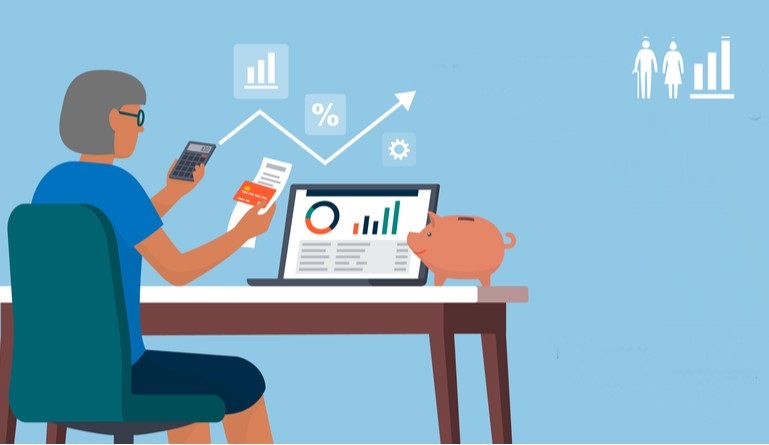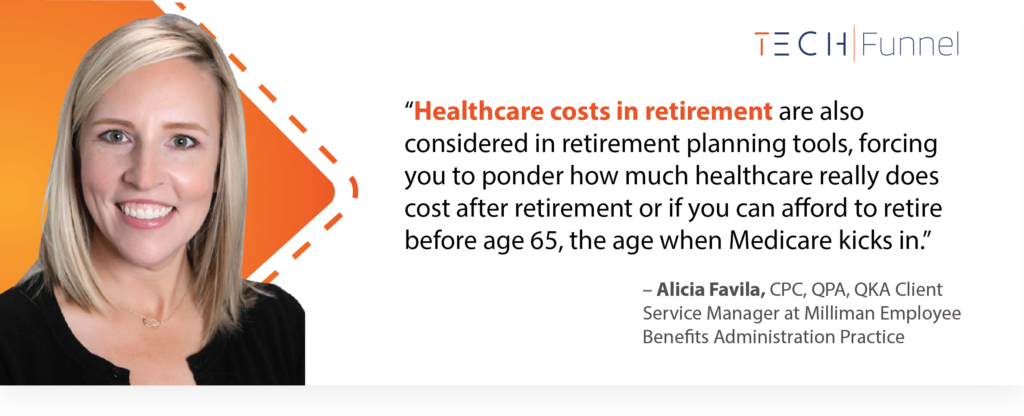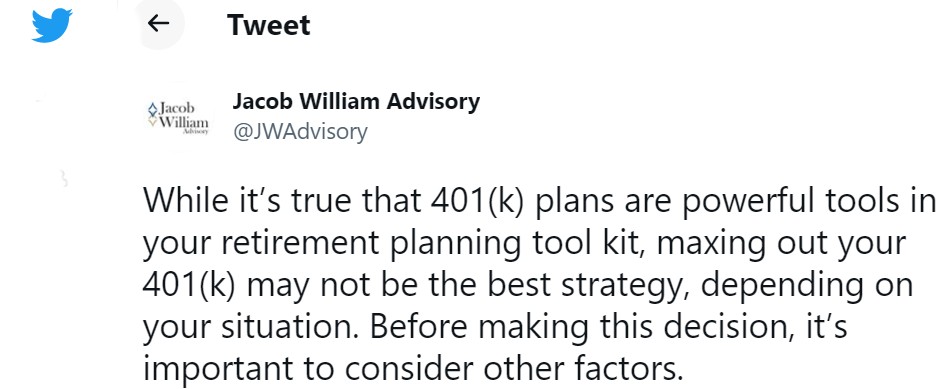While in the everyday workspace, it is hard for employees to envision a future where they may have retired. The inflated cost of living and wages that do not align with it, makes it difficult to imagine what saving for the retired life should be or even how to begin planning it. To help employees with their post-retirement finances, HR managers can introduce retirement planning tools as a welfare initiative in their organizations. These help employees to work on their future financial goals and can gain the organization satisfied and productive employees.
How Retirement Planning Tools Help Employees
Retirement planning tools as obvious from the phrase are digital platforms specifically used to manage and monitor how much money employees have in savings and the corpus they will need to retire comfortably. However, many employees may not have complete clarity about the various features these tools can offer.
For instance, many of these tools will pool data from your various sources of income and build a plan for projected expenses, and how much of these expenses are covered through your Social Security benefits.
While most banks and investment firms have these tools, HR managers can also look at independent retirement planning tools for their employees to ensure they make informed decisions for their retirement benefits. HR teams must also guide employees to assess tools based on their retirement needs. Whether it is a thorough and comprehensive outlook or a quick-glance overview of their potential retirement plans, research can help employees find the best retirement planning tools.
Common Retirement Planning Tools for Employees
Here are a few of the best retirement planning tools HR managers can share with employees in their organizations:
1. Personal Capital
Personal Capital’s retirement planner can be used to calculate if your retirement planning is on track and what improvements can be made to it for greater success. This platform’s impressive features include a Recession Simulator that measures the impact of your savings if a stock market crash or an economic downturn were to happen. It also offers scenario analysis that can show the different ways you can reach early retirement, future costs, social security and/or pension add-ons, and economic assistance.
2. Betterment App
Being an app, Betterment is one of the leading retirement planning tools that analyze how life events affect savings and help streamline your finances to get a complete picture of where you stand economically. This aids employees in knowing how to focus on their financial well-being, and plan how to increase their savings or income to have a financially stable future.
The app also connects employees to experts and advisors for each financial requirement, be it medical insurance, 401K investments, tuition fees for children, and more. Professional insights are bound to result in employees getting appropriate guidance for their needs. This platform also has a feature that helps employees save money during tax filings.
Since they account for retirement age, the city you reside in, and the employees’ unique social security benefits, it can help them understand accurately the amount you need to save to retire peacefully.
3. Vanguard
Vanguard is also one of the commonly used retirement planning tools by HR managers. It has a retirement income calculator with an interactive measurement tool that allows employees to add their age, anticipated retirement age, annual income, yearly savings, social security benefits, and monthly pension to find out how much money they need to save for retirement.
Knowing how much to save aligned to their retirement goal and various paths to reach this target helps employees plan their finances better. Vanguard assures that they do not save user data online, protecting employees from any misuse of it.
4. New Retirement
Another amongst the list of effective retirement planning tools HR managers can suggest to employees are New Retirement, which has several more features besides helping calculate the amount needed for a peaceful retirement. The tool also enables employees to be steadfast on the path to a secure retired future.
Employees can get an analysis of all available retirement plans, and add their data to the calculator, besides seeing detailed charts as to when they can retire, the retirement income they can create, the amount of savings needed for this, and their net worth. Employees can also avail themselves of their professional advisor services.
5. Fidelity Retirement
Fidelity has a planning and guidance center that offers a complete overview of your retirement planning. Employees can explore changes or life incidents that prepare them better to face sudden events. HR managers can avail of several options on this platform and offer the same to the employees in terms of tools and calculators to measure financial adjustments, IRA contributions, Roth conversion, social security benefits, and more.
6. WalletBurst
This platform provides FIRE, compound interest, and savings rate calculators to allow employees to measure what they will need for retirement. Stocks, bonds, cash, and asset allocations can also be considered in your retirement calculations.
Using WalletBurst’s interactive calculator, employees can visualize the growth of their net worth while aiming at financial independence. Employees can even add more factors like safe withdrawal, inflation, company 401K, and income growth rates within the calculator.
7. Bankrate
Bankrate offers employees an annual breakdown of the amount of money needed to retire. It also provides definitions of financial terms like annual contributions, rate of return, inflation rate, tax rate (before and during retirement), and tax deferments.
With Bankrate, employees can see not just how much they need to retire but also find explanations for why that much is needed. Their retirement planning tool assesses how much monthly income the employee’s retirement savings will provide by factoring in annual savings, the expected rate of return on these savings, and the current age of the retiree to calculate monthly retirement income.
To sum
HR Managers can help employees with all the above retirement planning tools and help them anticipate their future financial outlook. When employees are not stressed about their uncertain future economic standing, their productivity is bound to improve. Platforms like these allow employees to be proactive in achieving their financial goals. Knowing how much money you will need to save, anticipating unexpected costs, and balancing multiple streams of income help employees with financial planning.
Besides this, it reassures employees about life after their careers and encourages them to prepare for that phase in life. Using these services gives employees an advantage to keep planning for a good financial future. And, for retirement planning, the earlier employees start saving, the brighter it will be.









